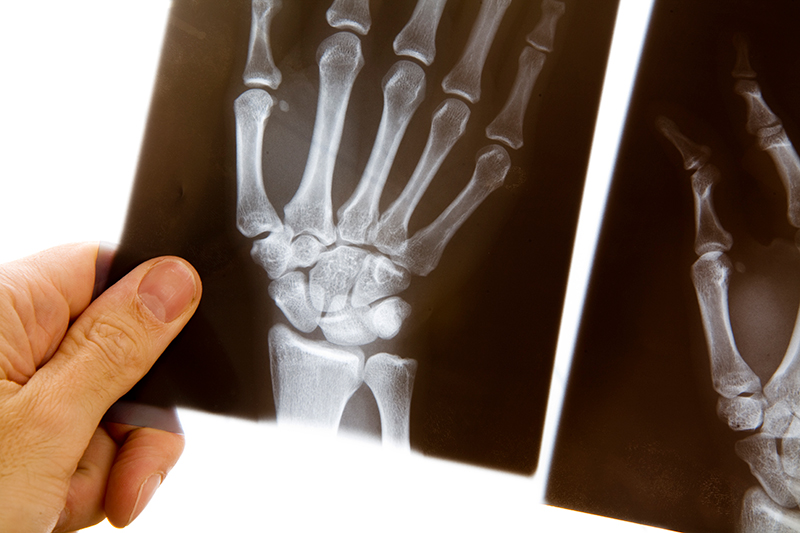
Researchers at NIH have discovered that mutations in the gene SPIN4 cause a rare overgrowth disorder in people—marked by very tall height, large organs, and a large head. The findings identify a biological role for SPIN4, which limits growth by preventing cells from proliferating. The study is published in the journal JCI Insight.
Background
Impaired growth in infants and children is caused by a wide variety of nutritional, hormonal, and genetic factors. In rare cases, a child may be diagnosed with an overgrowth syndrome, in which various tissues and organs grow too large. The genetic causes of these conditions are not well known. In some cases, scientists have identified mutations that affect epigenetic writers, which are enzymes that modify either DNA or DNA-associated proteins called histones. Prior to the current study, no overgrowth syndrome was attributed to mutations in epigenetic readers, which recognize these epigenetic modifications and mediate their effects.
Results
Researchers from NIH’s Eunice Kennedy Shriver National Institute of Child Health and Human Development and the National Eye Institute examined an adolescent boy with an overgrowth syndrome. He had physical features of the disorder and was generally healthy. Upon evaluation and genetic sequencing, the team identified mutations in SPIN4 as the cause of the condition.
The researchers recreated the SPIN4 mutation in cell lines and mouse models to study its effects. They found that the mutation produces an abnormally short version of SPIN4 protein. By comparing full-size SPIN4 with the smaller version, the study team identified SPIN4’s role as an epigenetic reader. They showed that the mutated SPIN4 cannot perform its normal role in binding histone modifications, regulating a growth-related pathway called Wnt and limiting proliferation of cells. Mice with mutated SPIN4 were also taller and had larger organs, similar to what was observed in the boy.
Significance
The study is the first to identify a role for SPIN4 as an epigenetic reader that regulates body size in mice and humans. The work helps explain the team’s clinical observations and broadens understanding of how epigenetics regulate growth.
Reference
Lui JC, et al. Loss of function variant in SPIN4 causes an X-linked overgrowth syndrome. JCI Insight DOI: 10.1172/jci.insight.167074 (2023)

 BACK TO TOP
BACK TO TOP